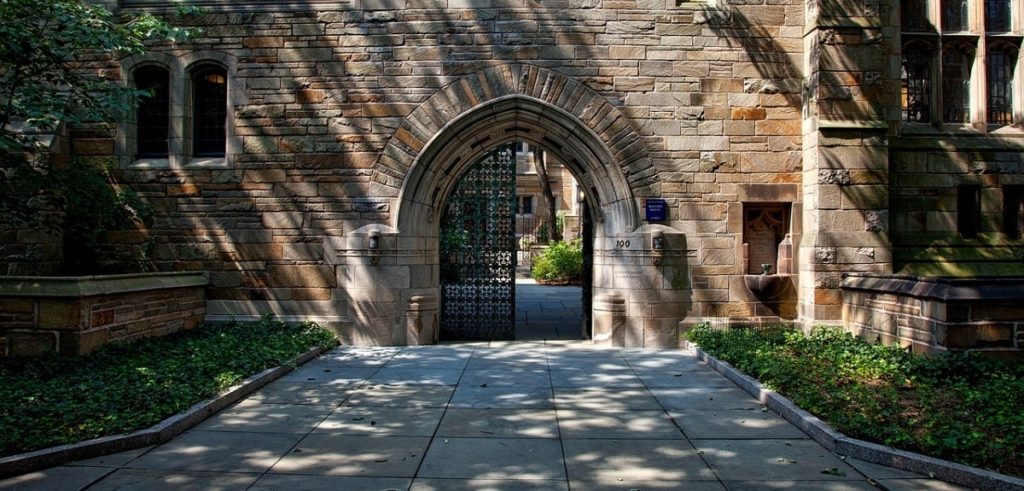Buildings and campuses are generally designed to be open and accessible. At the same time, every school considers security to protect its students and faculty on some level, for both emergencies and everyday administration. Today, disasters, shooters and terrorism push us to ask new questions of our buildings: how will we lock it down? Will doors open from the outside or the inside? What areas are safe for students and faculty in the event of an active shooter?
Thinking About Your School’s Security
 Your building is not designed to be (and should not be) a fortress. Maintaining an open, welcoming environment is important. A better way to think about securing your buildings is the notion of defensible spaces. There has been some great research and thinking about creating a defensible space. Architecture and building design can play a part — new buildings can include the addition of architectural enhancements, while renovations can improve existing layouts. For example, admin offices can be arranged to face main entrances and large walkways to easily monitor threats.
Your building is not designed to be (and should not be) a fortress. Maintaining an open, welcoming environment is important. A better way to think about securing your buildings is the notion of defensible spaces. There has been some great research and thinking about creating a defensible space. Architecture and building design can play a part — new buildings can include the addition of architectural enhancements, while renovations can improve existing layouts. For example, admin offices can be arranged to face main entrances and large walkways to easily monitor threats.
There are other considerations, including lighting and safety buffers. For lighting, you can improve visibility both inside and outside for highly trafficked areas and entry points. If you’re employing security cameras, good quality lighting can really help monitor the building. Safety “buffers” can block and prevent driving access to common areas and entrances. These buffers can be subtle or decorative, and can include useful features (like benches) or landscaping. Security doors, locks and windows can be added, as we discussed in our previous post in much more detail.

Security Considerations and Strategies
According to the U.S. Department of Justice report “The Appropriate and Effective Use of Security Technologies in U.S. Schools”, these are the top security considerations:
- Outsiders on Campus
- Fights on Campus
- Vandalism
- Theft
- Drugs
- Alcohol
- Weapons
- Malicious Acts
- Parking Lot Problems
- False Fire Alarms
- Bomb Threats
- Bus Problems
- Teacher Safety
This is a big list, and a formidable challenge. The basic strategies recommend changing the environment in the following ways:
Access Control — deter crime, deny access when needed (examples: take a look here).
Surveillance — monitor for potential intruders (example: cameras, clear lines of sight, good lighting).
Activity Support — foster activities and areas that help protect students better (example: move an student activity away from a building entrance).
Territorial Motivation Reinforcement — design signs and structures that demonstrate ownership and control of an area (examples: fences, gateways, landscaping).
Getting Help
As consultants specializing in school security, we examine building weaknesses and risks. We’ll look at site maps and survey staff and guards. It’s crucial to have both an insider and outside perspective on creating a proper strategy.
Get an Analysis of Your Building, School or Campus
Contact our team — we’ll do an assessment and put together a plan of action to enhance your security. Call us for a free consultation: 202-297-5922.
References: Defensible Space (book by Oscar Newman) | Communication Resources for Schools (conference presentation “Conclusions from Columbine” | Hanbury (planning, architecture, and interior design).

